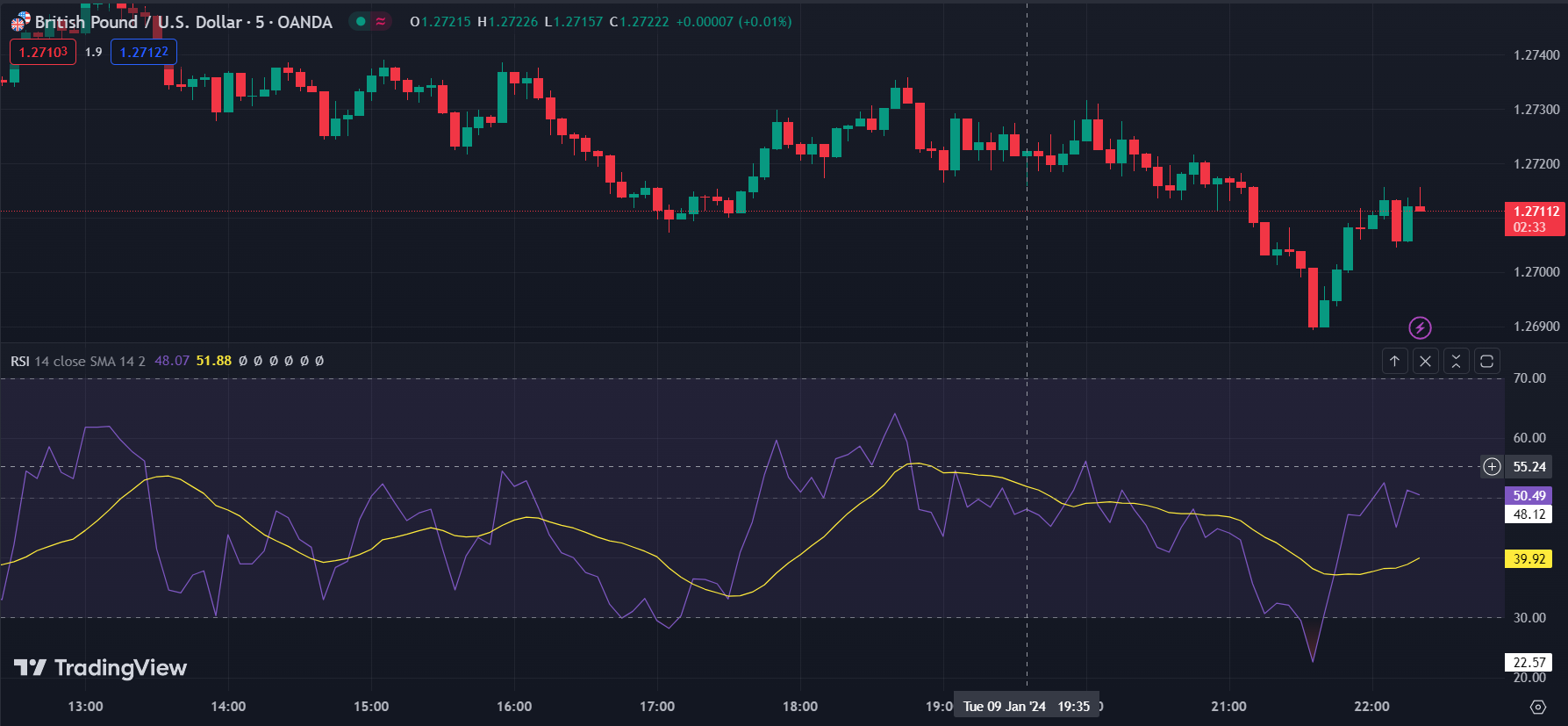Navigating the Relative Strength Index (RSI): A Comprehensive Guide
In the dynamic world of stock trading, understanding market trends and timing your investments wisely is key. That’s where the Relative Strength Index (RSI), a vital momentum indicator in technical analysis, comes into play. Let’s dive deeper into RSI, simplifying this powerful tool for both new and seasoned investors.
RSI was developed by J. Welles Wilder Jr. in 1978, this momentum oscillator has become a cornerstone in technical analysis. Let’s embark on a detailed journey to understand and effectively utilize RSI.
Understanding the Basics of RSI:
The Relative Strength Index, developed by J. Welles Wilder Jr., is a momentum oscillator that measures the speed and change of price movements. It oscillates between zero and 100, indicating the internal strength of a stock based on recent price changes.

How Does RSI Work?
RSI is calculated using average price gains and losses over a specific period, typically 14 days. The formula is:
Average Gain = Total gains during the period / 14
Average Loss = Total losses during the period / 14
Relative Strength (RS) = Average Gain / Average Loss
RSI = 100 – (100 / (1 + RS))
The RSI value provides insights into the stock’s momentum, helping investors identify potential buy or sell signals.
Interpreting RSI Values:
Overbought Condition (70 or Above): An RSI value above 70 suggests that the stock might be overbought. This scenario occurs when a stock’s price has risen sharply and might be due for a pullback or correction.
Oversold Condition (30 or Below): An RSI below 30 indicates an oversold condition, where the stock might have been sold excessively, and a price increase could be forthcoming.
Using RSI in Market Analysis:
Trend Identification: A sustained RSI level above 70 might signify a strong bullish trend, while below 30 could indicate a bearish trend.
Divergences: A divergence occurs when the RSI trends in the opposite direction to the stock price. For example, if the stock price hits a new high, but the RSI doesn’t, it might signal a potential price reversal.
Swing Rejections: These are more subtle RSI signals. A swing rejection occurs when RSI initially crosses into overbought/oversold territory, reverses back, and then re-enters the territory. This pattern can signal a potential trend continuation or reversal.
RSI in Different Market Conditions:
In Strong Trends: During strong trends, RSI can remain in overbought or oversold conditions for an extended period. Hence, using RSI in isolation during these times might be misleading.
In Sideways Markets: RSI is particularly useful in range-bound markets, where the price fluctuates within a horizontal range. Here, RSI can help identify potential tops and bottoms within the range.
Limitations of RSI:
While RSI is a valuable tool, it’s not without limitations:
False Signals: RSI can generate false buy or sell signals, especially in volatile markets.
Lagging Indicator: Being a momentum oscillator, RSI is a lagging indicator. It reflects past price movements and might not always predict future trends accurately.
Best Practices for Using RSI:
Combine with Other Indicators: To enhance accuracy, use RSI in conjunction with other technical indicators and analysis methods.
Consider the Context: Always analyze RSI signals in the context of broader market conditions and trends.
Set Appropriate Thresholds: Depending on your trading style and market conditions, you might adjust the overbought and oversold thresholds (e.g., 80 for overbought and 20 for oversold in very bullish conditions).
Conclusion:
The Relative Strength Index is a versatile and powerful tool in the arsenal of any investor. It offers insights into market momentum and potential price reversals. However, successful trading requires a balanced approach. Combine RSI with other tools and analysis, stay aware of its limitations, and always align its signals with your overall investment strategy. With these practices, RSI can be a valuable guide in navigating the complexities of the stock market.
Frequently Asked Questions on RSI
What does an RSI tell you?
The Relative Strength Index (RSI) indicates if an asset is overbought or oversold, helping to identify potential reversal points by measuring the speed and change of price movements.
What does RSI stand for?
RSI is the short form of the Relative Strength Index. It tells if the underlying asset is overbought or oversold and helps traders in predicting price trends.
What if RSI is high?
If the RSI is high, typically above 70, it suggests that the asset is overbought. This condition might indicate a potential price reversal or pullback as the asset could be considered overvalued.